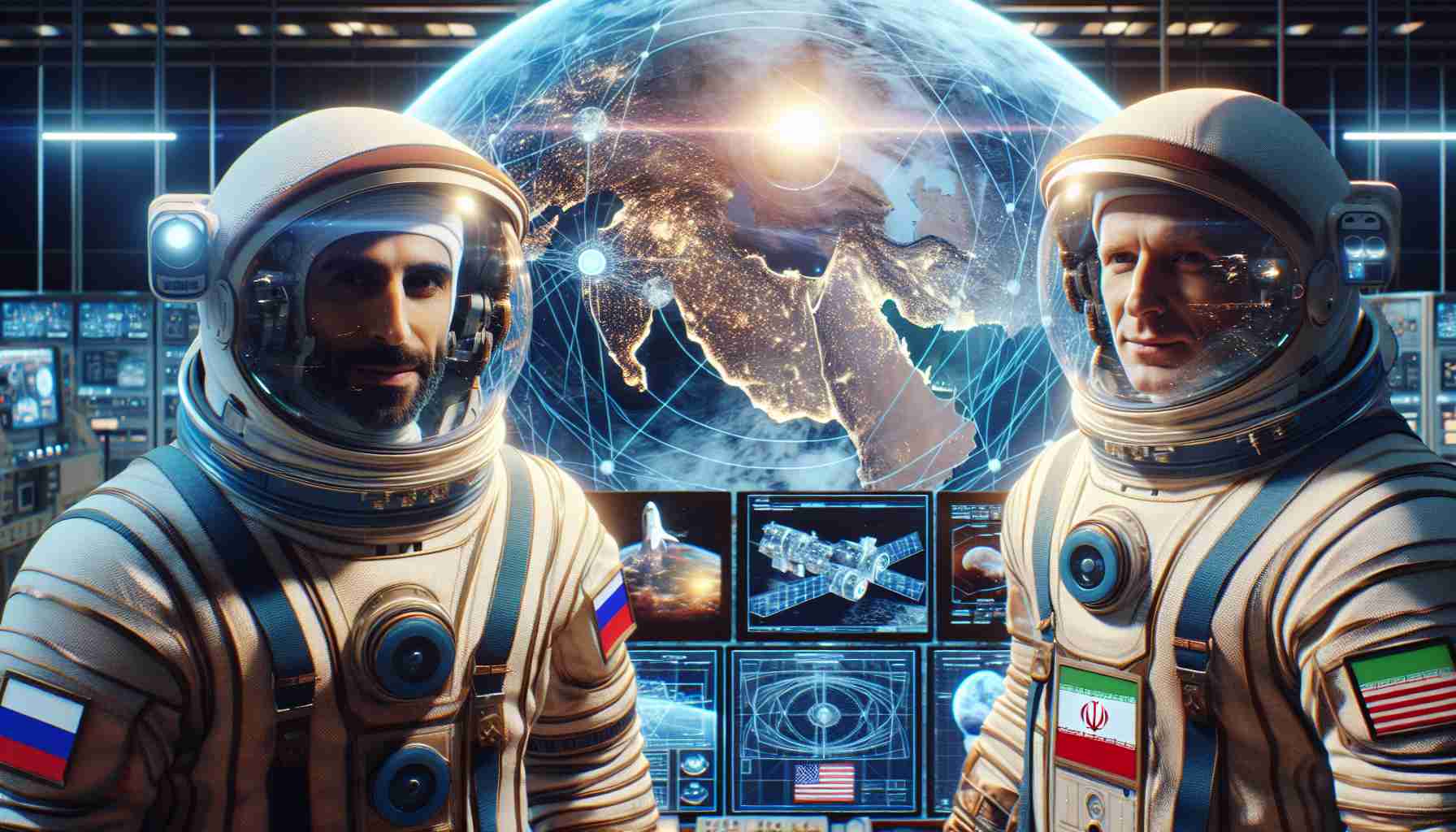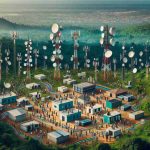In a groundbreaking development in international space cooperation, Iran and Russia have joined forces to launch two innovative satellites into orbit. The satellites, Kowsar and Hodhod, signify a significant leap forward for Iran’s private space industry.
Previous partnerships between the two nations have sparked concerns in the United States over potential implications for global security. However, the recent collaborative effort is aimed at advancing peaceful and scientific exploration beyond Earth’s atmosphere.
Kowsar, equipped with high-resolution imaging capabilities, offers a wide range of applications including agricultural monitoring, environmental surveillance, and disaster response. On the other hand, Hodhod serves as a communication satellite, bridging connectivity gaps in remote regions.
This ambitious project signals a new era of cooperation in space technology, showcasing Iran’s growing expertise in satellite development and deployment. The successful launch of these satellites marks a milestone for both countries, opening up possibilities for future joint ventures in the field of space exploration.
Amidst geopolitical tensions and accusations, this collaborative effort stands as a testament to the power of scientific cooperation in overcoming boundaries and fostering innovation on a global scale.
With enthusiasm and determination, Iran and Russia are forging ahead in their shared mission to explore the final frontier and unlock the mysteries of the universe.
Iran and Russia Forge Deeper Space Cooperation with Plans for Future Missions
In addition to the recent successful launch of the Kowsar and Hodhod satellites, Iran and Russia have unveiled plans for even more ambitious space endeavors in the near future. This collaboration marks a significant milestone in the two countries’ joint pursuit of scientific exploration beyond Earth’s atmosphere.
Key Questions:
1. What are the future missions and projects planned by Iran and Russia in their collaborative space efforts?
2. How do these joint space initiatives impact the global space exploration landscape?
3. What challenges do Iran and Russia face in their partnership, and how are they navigating these obstacles?
Future Missions and Projects:
Iran and Russia have announced plans for the development and launch of additional satellites with advanced capabilities, including enhanced remote sensing technologies and improved communication systems. These upcoming missions aim to further expand scientific research opportunities in space and bolster the two nations’ presence in the international space community.
Global Impact:
The continued collaboration between Iran and Russia in the field of space exploration raises questions about the evolving dynamics of international space partnerships and the role of emerging space-faring nations in shaping the future of space exploration. The joint efforts of these two countries could potentially drive innovation and cooperation in the global space sector.
Challenges and Controversies:
Despite the evident progress in their space cooperation, Iran and Russia still face challenges such as technological constraints, regulatory hurdles, and geopolitical tensions that may affect the smooth implementation of their joint projects. Navigating these complex dynamics is essential for sustaining long-term collaboration in space endeavors.
Advantages and Disadvantages:
The advantages of the Iran-Russia space collaboration include shared expertise, resource pooling, and the potential for groundbreaking scientific discoveries. However, concerns about the implications for global security, technology transfers, and competition with established space powers represent notable disadvantages that warrant careful consideration.
In conclusion, the expanding partnership between Iran and Russia in space exploration opens up new frontiers for scientific discovery and technological innovation. By addressing key challenges, fostering mutual trust, and prioritizing peaceful cooperation, these two countries can continue to make significant contributions to the advancement of space exploration on a global scale.
For further insights on international space collaborations and emerging trends in space exploration, visit NASA’s official website.


















